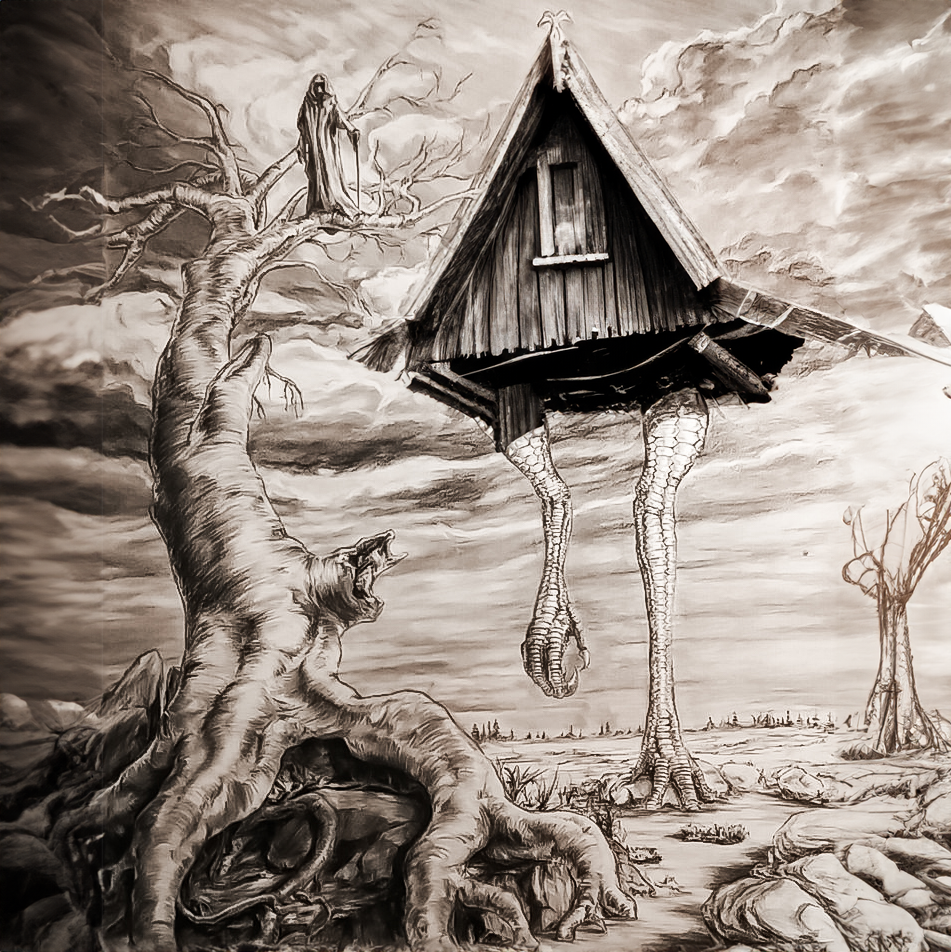Introduction
Baba Yaga, the mysterious and iconic figure of Slavic folklore, has intrigued generations with her enigmatic character and mythical presence. Originating from the rich tapestry of Slavic culture, Baba Yaga is a witch-like entity known for her haggard appearance, living in a peculiar hut that stands on chicken legs. In this blog post, we will delve into the traditional story of Baba Yaga, exploring her complex character and role in Slavic mythology, while also uncovering the origins and first appearances of this captivating legend.
The Origins of Baba Yaga
The origins of Baba Yaga can be traced back to ancient Slavic folklore, where she emerged as a significant and enduring figure. While the exact date of her first appearance is challenging to pinpoint, references to her character can be found in early Slavic tales, oral traditions, and written records from the 18th and 19th centuries. Scholars believe that Baba Yaga might have been influenced by the pre-Christian beliefs of the Slavic people, incorporating elements of nature worship and ancestral reverence into her character. Over time, her mythos evolved, adapting to changes in culture and belief systems, making her a dynamic and culturally significant figure in Slavic mythology.
The Traditional Story of Baba Yaga
In the traditional tales, Baba Yaga is often portrayed as a mysterious and powerful witch, living deep in the woods in her hut on chicken legs. She is said to possess a pestle that she uses as a flying vehicle, allowing her to travel swiftly across the land. Baba Yaga is known to be unpredictable and can appear both benevolent and malevolent. She tests the bravery and wit of those who seek her help, often assigning them challenging tasks or riddles to solve. Heroes and heroines encountering Baba Yaga must navigate her complex nature to gain her favor or escape her wrath. These stories reflect the dualistic nature of human existence, where life is filled with both challenges and rewards. One of the most notable fairy tales involving Baba Yaga is Vasilisa the Beautiful and Baba Yaga. You can easily find it on the web or in the most famous collection of Slavic fairy tales, Afanasyev, Alexander. "Russian Fairy Tales." 1855-1863
The Enduring Legacy of Baba Yaga
Despite the passage of time, Baba Yaga's legend remains a beloved and integral part of Slavic culture. Her character has transcended folklore and continues to influence various art forms, literature, and even modern media, someone said John Wick?. Her representation has been featured in literature, poetry, music, theater, and paintings, showcasing the enduring impact of her mythos on the creative world. Moreover, Baba Yaga's stories have become valuable cultural artifacts, preserving the essence of Slavic traditions and beliefs for generations to come.


